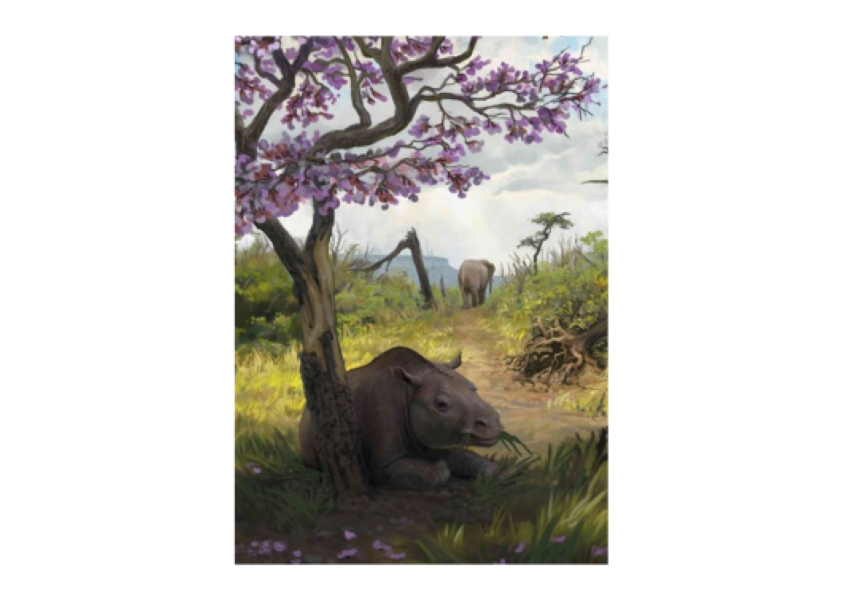
A study in which the Desertification Research Center (CIDE, CSIC-UV-GVA) participates relates the characteristics of the vegetation of the continent with changes in the relationships with extinct megafauna.
Before the extinction of large mammals in South America, the continent was dominated by savannas, and was very similar to present-day Africa.
An article published in the journal Nature Communications establishes the extent to which the current characteristics and geographical distribution of the vegetation of South America are determined by the presence of a megafauna already extinct at the end of the Pleistocene, more than 10,000 years ago. The Desertification Research Center (CIDE), a joint center of the Spanish National Research Council (CSIC), the University of Valencia and the Generalitat Valenciana, participates in this work.
The results of this work highlight the importance of considering the previous evolutionary history in explaining the current dynamics of ecosystems. The diversity of present-day ecosystems can be explained not only by the present environmental factors, but also by those that influenced the communities that populated our planet thousands of years ago.
According to Juli G. Pausas, CSIC researcher at CIDE and co-author of this study, “we estimate that, in South America, savannas occupied about 10 million square kilometers during the Pleistocene”. According to the calculations published by the researchers, 63% of them became forests after the extinction of the megafauna and 37% remained as savannah.
“This suggests that South America was a savanna-dominated continent, much more similar to Africa than today, and that a significant proportion of South American forests are the result of megafaunal extinctions,” concludes Juli G. Pausas.
To understand the origin of today's landscapes and how they depend, among other factors, on plant-animal interactions and the disturbances they have undergone, research goes back more than 10,000 years, when a large part of the planet was inhabited by large mammals: the megafauna. Most of these animals became extinct between the late Pleistocene and early Holocene; however, their imprint is still present in the distribution and dynamics of today's vegetation.
Anacronismos como indicadores de la historia de la megafauna
The work analyzed data collected in Central and South America, and included data related to plant defense traits (wood density and presence of spines), climate, soil and forest fires, as well as those related to the historical distribution of extinct herbivorous mammalian megafauna. The results show that a significant proportion of the geographic distribution of these defense-related traits (wood density, leaf size, and presence of spines) is explained by the diversity and size of the megafauna that inhabited these neotropical regions.
Woody plants living in ecosystems with abundant herbivory are characterized by morphological and physiological adaptations that reduce the damage caused by large herbivores (anti-herbivore defense traits). The results of this study suggest that these traits may persist as anachronistic features for thousands of years and be an indicator of megafaunal history.
“These anachronisms offer us a valuable opportunity to understand past megafauna distribution patterns and megafauna-plant interactions, and thereby understand the dynamics that have occurred in our ecosystems,” explains Vinicius L. Dantas, a researcher at the Institute of Geography of the Federal University of Uberlândia (Brazil) and co-author of the paper.
More information:
Dantas V. & Pausas JG. 2022. The legacy of Southern American extinct megafauna on plants and biomes. Nature Communications 13: 129,
https://www.nature.com/articles/s41467-021-27749-9
CIDE Communication









